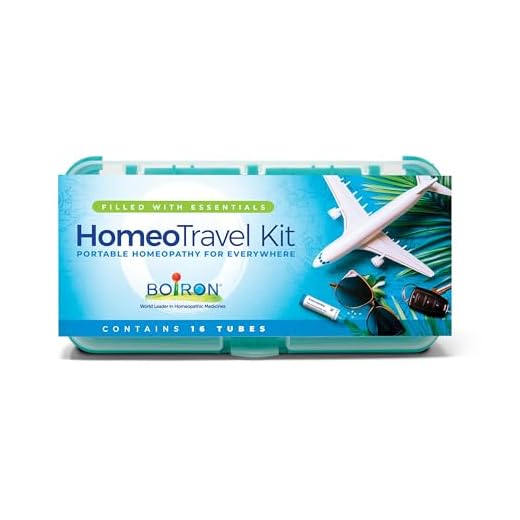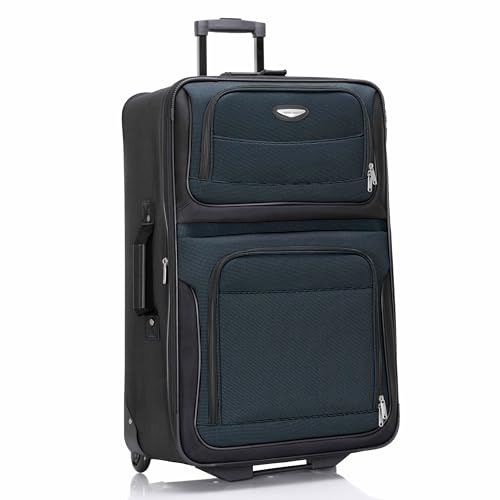


Travelers can generally bring non-prescription items in their bags without encountering significant issues. These products, such as pain relievers, allergy tablets, and cold remedies, fit comfortably within the regulations that govern air travel.
Each airline and security agency may have specific stipulations, so checking the official guidelines of relevant authorities prior to travel is advisable. Commonly accepted amounts typically do not exceed a standard size for liquids, which is 3.4 ounces (100 milliliters) in one quart-sized bag.
Make sure these items are properly packaged and easily accessible during security screening. If you’re unsure or require further clarification, it’s prudent to consult with the airline or check the Transportation Security Administration (TSA) website for up-to-date information. Following these instructions helps ensure a smoother experience while traveling.
Guidelines for OTC Products in Hand Baggage
Pack all non-prescription items in their original packaging to ensure clarity during inspections. Limit liquid forms to 3.4 ounces (100 milliliters) or less per container, and include them within a quart-sized transparent bag. Ensure that any creams, gels, or liquids conform to these restrictions.
Approved substances such as pain relievers, allergy remedies, and heartburn treatments can typically be included. However, certain brands or types may vary by airline or destination, so verify local regulations and airline policies.
If traveling internationally, research restrictions on specific ingredients, as regulations differ significantly across countries. Declaration of any unusual substances might be required at customs checkpoints.
Consider bringing a letter from a healthcare professional if traveling with specific medications or herbal supplements, especially if they may raise questions during screening. Staying informed about travel safety will aid in smooth passage through security.
Guidelines for Carrying Over the Counter Medications
Limit the quantity of products to what is necessary for the duration of travel. Common advice suggests keeping amounts for personal care to a minimum, ideally a few days’ supply.
Pack items in original containers with labels intact. This practice facilitates identification and can alleviate potential misunderstandings during inspections.
Maintain access to items during security screening. Placing them in an easily removable section of your bag can expedite the process and minimize delays.
Familiarize yourself with specific regulations of airlines and airports. Policies may differ based on location, leading to variances in allowed items and quantities.
Research customs regulations for international destinations, as some regions might have restrictions on certain products. It is prudent to check these rules ahead of time.
Consider alternative forms, such as dissolvable tablets or powders, to comply with liquid regulations if necessary. These options may offer convenience and space-saving benefits.
Be prepared with a doctor’s note or prescription when traveling with less common items that might raise questions. Including this documentation can provide clarity if needed.
Store items securely to prevent accidental spillage or damage. Use waterproof bags or pouches to protect contents and ensure ease of access during travel.
Restrictions on Liquid Medications
Liquid substances for personal health must adhere to specific guidelines. Typically, containers should not exceed 3.4 ounces (100 milliliters) each and must fit into a single quart-sized clear plastic bag. It’s advisable to keep products sealed and labeled to avoid potential scrutiny during inspections.
In situations requiring larger volumes, documentation from a healthcare provider may enhance credibility and justify exceptions. Always have prescriptions readily accessible to streamline the verification process.
| Container Size | Maximum Volume | Bag Size |
|---|---|---|
| Individual Container | 3.4 ounces (100 milliliters) | Quart-sized (clear plastic) |
| Total Liquid Volume | Not exceeding quart-sized bag capacity | – |
For individuals preparing for work requiring mobility, choosing the best backpack for construction workers may allow better organization and transport of necessary items, including medications.
Be mindful that any products resembling flammable items must meet additional safety protocols. Knowledge of how easily a candle can ignite a fire, like in situations described in how can a candle start a fire, becomes crucial in maintaining safety during transit.
Documentation and Labeling Requirements

For smooth security checks, ensure all pharmaceutical items are appropriately labeled and accompanied by documentation. This includes:
- Original packaging with clear labeling containing the name of the product, active ingredients, and dosage instructions.
- Prescription for any item not in standard retail packaging or for those requiring special handling.
- A list of items being transported, particularly if traveling with a variety of products, ideally printed or neatly written for ease of reference.
Always keep receipts or proof of purchase handy, as they may be requested. If traveling internationally, familiarize yourself with regulations regarding specific items in your destination country.
Labeling Specifics
Labels should include the following details:
- Product name and manufacturer’s contact information.
- Dosage form (tablet, liquid, cream, etc.).
- Expiration date to confirm usability during travel.
In case of contingencies or inquiries, having organized and visible documentation can facilitate quick resolutions. Consider carrying items like a best brand reversible umbrella to accommodate unexpected weather, ensuring uninterrupted travel experiences.
What to Do If You’re Questioned at Security

If security personnel ask about pharmaceuticals in your bag, remain calm and cooperative. Clearly state the purpose of the items and how they assist your health needs. Have your prescriptions, if any, readily available to show authenticity.
Provide Clear Information

Explain what each item is used for and any specific instructions regarding dosage. If you are carrying liquids, confirm that they comply with volume restrictions and are in appropriate containers.
Be Prepared for Additional Screening
Be ready for further inspection if questioned. Security might request you to remove items from your bag for closer examination. Follow their instructions and avoid rushing the process. If you feel uncertain, request clarification about the procedures or policies regarding your items.







